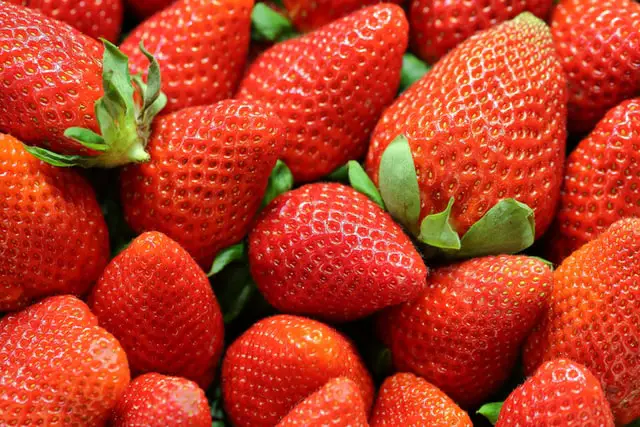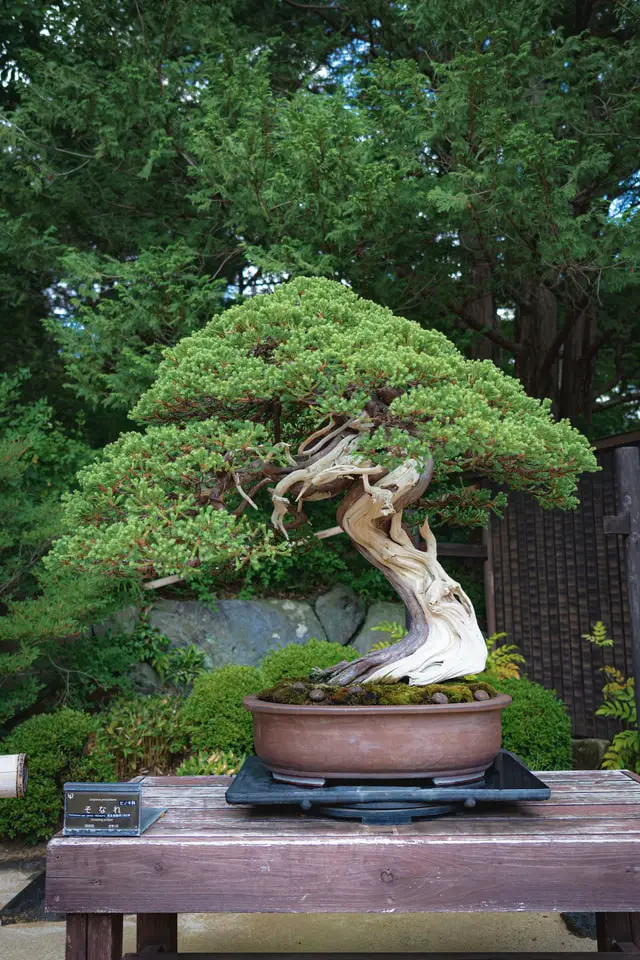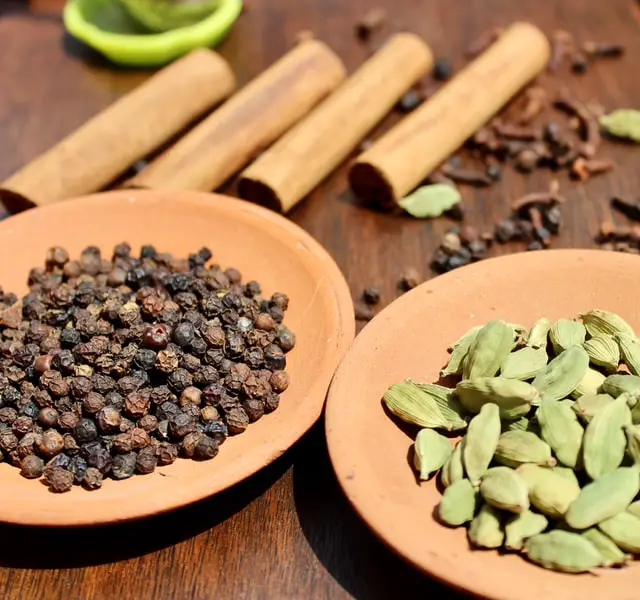Why Are Bay Leaves So Expensive?
Bay leaves can be a bit pricey because they’re not mass-produced like some other herbs. They’re mostly grown in small regions like the Mediterranean, so getting them to markets worldwide drives up the cost. But don’t worry, a little goes a long way when cooking with them!
What is so special about bay leaves?
Bay leaves have a unique, savory flavor that really enhances soups, stews, and sauces. They’re also packed with antioxidants and may offer some health benefits, like helping to regulate blood sugar and cholesterol levels. Plus, they’ve been used in traditional medicine for centuries!
Why do they say not to eat bay leaves?
Whole bay leaves can be tough and chewy, and if swallowed, they may get stuck in your throat or digestive tract. That’s why recipes always tell you to remove the leaves before serving. Ground bay leaf powder is safer to consume, but even then, it’s best to use it sparingly.
Are bay leaves worth it?
Absolutely! The flavor they add to dishes is so worth it. Just be sure to follow recipes carefully and remove the leaves before eating. A little bay goes a long way, so even though they’re pricey, they’ll last you a while.
Do bay leaves really keep bugs away?
Yes, bay leaves can help repel certain insects like moths, beetles, and ants. The strong scent seems to drive them away. You can place bay leaves in pantries, cabinets, and even in your garden to help keep pests at bay. Just be sure to replace them every few months as the scent fades.
Are bay leaves good or bad for you?
Bay leaves are generally considered safe and healthy when used in cooking. They’re packed with antioxidants and may offer some medicinal benefits. However, consuming large amounts of bay leaf powder or essential oil could potentially be toxic. As with anything, moderation is key.
Can I use bay leaves straight from the tree?
You can use fresh bay leaves from the tree, but they’ll have a more mild flavor compared to dried leaves. The drying process helps concentrate the essential oils that give bay leaves their signature taste and aroma. If using fresh, you may need to use a few more leaves to get the same flavor impact.
What happens if you eat too many bay leaves?
Eating a lot of whole bay leaves can be dangerous. They may get stuck in your throat or digestive tract, potentially causing perforations or blockages. Ground bay leaf powder is safer, but even then, consuming large amounts could potentially cause vomiting, nausea, or liver damage. Stick to using bay leaves sparingly in cooking.
What are the benefits of bay leaves to a woman?
Bay leaves are packed with antioxidants and may offer some anti-inflammatory benefits. Some research suggests they could help regulate blood sugar and cholesterol levels. However, more studies are needed to confirm their effects. As always, check with your doctor before using bay leaves medicinally, especially if you’re pregnant or breastfeeding.
What is the myth of the bay leaf?
In ancient Greece and Rome, bay laurel leaves were associated with honor, victory, and protection from evil. Poets and scholars wore laurel wreaths on their heads, and the leaves were burned to increase psychic powers. While these beliefs are myths, bay leaves do have a rich history in folklore and traditional medicine.
Do bay leaves go bad?
Dried bay leaves can last for quite a while if stored properly in an airtight container in a cool, dark place. They may lose some potency over time, but they won’t necessarily go “bad.” Whole dried leaves will last longer than ground powder. If you notice any mold or strange odors, it’s best to discard the leaves.
Why are bay leaves sold whole?
Bay leaves are typically sold whole because they maintain their flavor better that way. Ground bay leaf powder can lose its potency more quickly. Whole leaves also allow you to control how much flavor you want to impart by adjusting the number of leaves used. Just be sure to remove them before serving.
What can I use instead of bay leaves?
If you don’t have bay leaves on hand, you can try substituting:
- Dried thyme
- Oregano
- Basil
- Crushed juniper berries
- Allspice
- Cinnamon stick
Keep in mind the flavors won’t be exactly the same, but these herbs and spices can provide a similar savory, earthy note to dishes.
What animals hate bay leaves?
Bay leaves seem to repel a variety of insects, including moths, beetles, ants, and silverfish. They may also deter some larger pests like mice and rats with their strong scent. You can place bay leaves in pantries, cabinets, and gardens to help keep these critters at bay.
Are bay leaves toxic to dogs?
Bay leaves are generally considered non-toxic to dogs in small amounts used for cooking. However, consuming large quantities of the leaves could potentially cause vomiting, diarrhea, or other digestive issues. It’s best to keep bay leaves out of reach of curious pups.
Why put a bay leaf in a mop bucket?
Some people believe that adding a bay leaf to your mop water can help repel insects like ants and roaches. The strong scent may deter them from entering the area you’ve mopped. While it’s an inexpensive and natural pest deterrent, the effectiveness is debated. But it certainly won’t hurt to give it a try!
Is bay leaf bad for high blood pressure?
There’s no evidence that bay leaves are harmful for people with high blood pressure. In fact, some research suggests they may actually help lower blood pressure and cholesterol levels due to their antioxidant properties. However, if you have high blood pressure, it’s always best to check with your doctor before using bay leaves medicinally.
Who should not drink bay leaf tea?
Bay leaf tea is generally considered safe for most people when consumed in moderation. However, there are a few groups who should avoid it or use caution:
- Pregnant women: Bay leaves may stimulate the uterus and could potentially cause contractions.
- People with diabetes: Bay leaves may lower blood sugar levels.
- People with bleeding disorders: Bay leaves may increase the risk of bleeding.
- People with digestive issues: Consuming large amounts of bay leaves could potentially cause digestive upset.
Why put bay leaves under your pillow?
In some folklore traditions, placing bay leaves under your pillow is believed to promote prophetic dreams, ward off nightmares, and bring good luck. The strong scent of the leaves is thought to have a calming, relaxing effect. While there’s no scientific evidence to support these claims, it’s a harmless practice that some people find comforting.
What happens if you don’t remove bay leaves?
If you accidentally leave a bay leaf in a dish and someone swallows it, it could potentially get stuck in their throat or digestive tract. Bay leaves are tough and don’t break down easily, so they can cause choking or intestinal blockages. Always remember to remove bay leaves before serving food, even if the recipe doesn’t explicitly state to do so.
How to tell if bay leaves are edible?
The bay leaves sold in grocery stores for cooking are safe to consume in small amounts used for flavoring dishes. Look for leaves that are dark green, smooth, and free of blemishes or mold. Avoid using bay leaves from unknown sources, as some varieties like the California bay leaf contain toxic compounds. When in doubt, stick to the standard Turkish or Californian bay leaves sold for culinary use.
Are bay leaves better dried or fresh?
Dried bay leaves tend to have a more concentrated, complex flavor compared to fresh leaves. The drying process helps bring out the essential oils that give bay leaves their signature taste. However, fresh bay leaves can still be used in cooking, especially if you have access to them from your own tree or garden. They’ll have a more mild, herbal flavor. Dried leaves are more commonly used in recipes.
What are 5 benefits of bay leaves?
Here are 5 potential benefits of bay leaves:
- Anti-inflammatory properties that may help reduce pain and swelling
- Antioxidant content that may protect cells from damage
- Potential to help regulate blood sugar levels
- May aid in digestion and reduce gas and bloating
- Possible antimicrobial effects that could inhibit bacterial growth
More research is still needed, but bay leaves have been used in traditional medicine for centuries.
Why aren’t bay leaves eaten?
Whole bay leaves are not meant to be eaten because they are tough and fibrous, and can be a choking hazard or cause damage to the digestive tract if swallowed. They are used for flavoring dishes during cooking, but should always be removed before serving. Ground bay leaf powder is safer to consume, but even then, it’s best to use it sparingly.
What is bay leaf in the Bible?
Bay laurel is mentioned in the Bible as a symbol of honor, glory, and victory. In ancient times, bay laurel wreaths were worn by scholars, poets, and victorious athletes. The leaves were also burned as incense and used in religious ceremonies. While bay leaves are not a major part of Biblical cuisine, they were highly valued for their symbolic and medicinal properties.
What insects do bay leaves repel?
Bay leaves contain compounds like linalool and eugenol that seem to repel a variety of insects, including:
- Moths and their larvae
- Beetles
- Ants
- Silverfish
- Roaches
You can place bay leaves in pantries, cabinets, and gardens to help keep these pests at bay. The strong scent drives them away. Just be sure to replace the leaves every few months as the aroma fades.
What does boiling bay leaves do?
Boiling bay leaves in water releases their essential oils and intensifies their flavor and aroma. This makes a simple bay leaf tea or infusion. Some people believe that boiling bay leaves can also help clear sinuses, relieve stress, and promote relaxation. While the scent may have a calming effect, there’s no scientific evidence that boiling bay leaves has medicinal benefits. But it’s a pleasant, natural way to enjoy their aroma.
What is the black stuff on bay leaves?
The black spots or specks sometimes seen on bay leaves are likely mold or fungus growth. This can happen if the leaves are stored in humid conditions or have absorbed moisture. Leaves with excessive black spots should be discarded, as mold can produce toxins that are unsafe to consume. Store bay leaves in an airtight container in a cool, dry place to prevent mold growth.













